Insights
Following a string of successes over the last few years, the clean energy landscape looks extremely bright. Last December in Paris, 196 countries, working with...
Continue ReadingThis article was updated in October 2023 to reflect the most recent industry developments.
We had the pleasure to go on the Growth Secrets Podcast with host ...
Continue ReadingBy Melissa Baldwin and Mike Casey
Most clean economy businesses need to build profiles for both their company and individual members of their executive teams....
Continue Reading#Cleantechers - Few electrons in the universe will move differently because I'm named as a finalist with honorable mention for the Cleanies' "Trailblazer"...
Continue ReadingCleantechers, below I share some first impression takeaways from Tuesday’s election results. I offer these through the lens of my time in politics (25 years)...
Continue ReadingThis article was updated in November 2022 to reflect the most recent industry developments.
Video Marketing for the Renewable Energy Sector
We often hear from...
Continue ReadingI had the pleasure recently of talking with Joseph Batir, host of the Energy Transition Solutions podcast.Joe and I talked about:- Why I’ve found that working...
Continue ReadingTigercomm talks a lot about improving social media strategies for cleantech companies to compete with incumbent fossil fuel interests. We’ve worked with a...
Continue ReadingIt’s been a tough couple of years on the conference scene, raising questions about what trade shows will look like post-pandemic. I have to say, though, that...
B2B Purchase Decisions In Cleantech And The Digital-Social Criticality Scale
Across clean economy sectors, the sales and marketing teams we talk to share a...
Continue ReadingThis article was updated in March 2022 to reflect industry changes.
Why Should Cleantech Companies Invest In Social Media?
Spoiler alert: We’ve found that...
Continue ReadingNote: This article was refreshed in March 2022 to reflect the current state of the cleantech industry.
What do your customers buy, really? Is it your product?...
Continue Reading

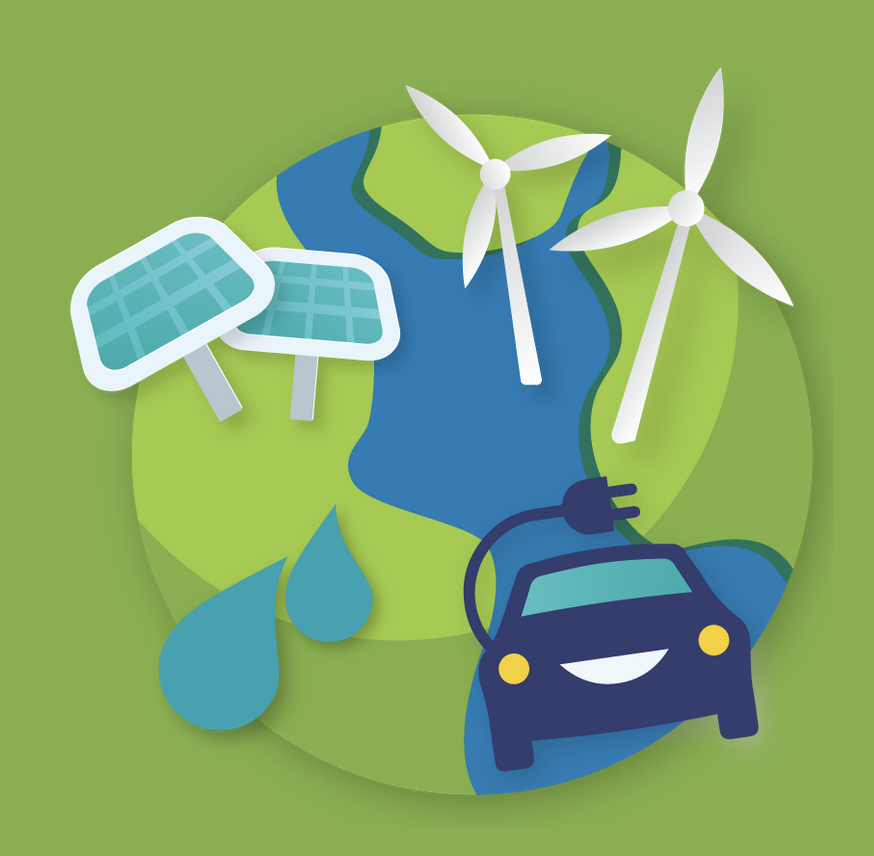
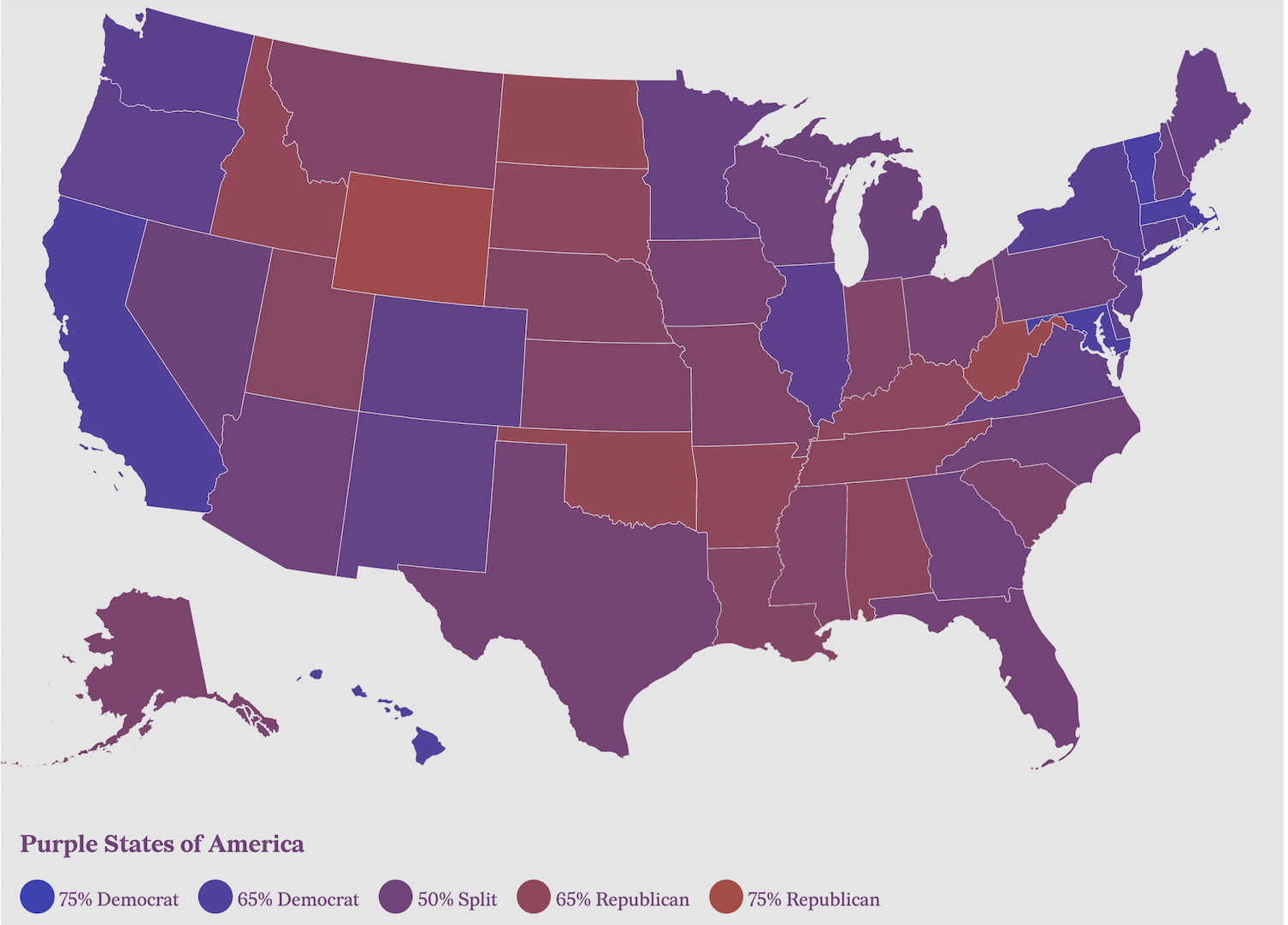
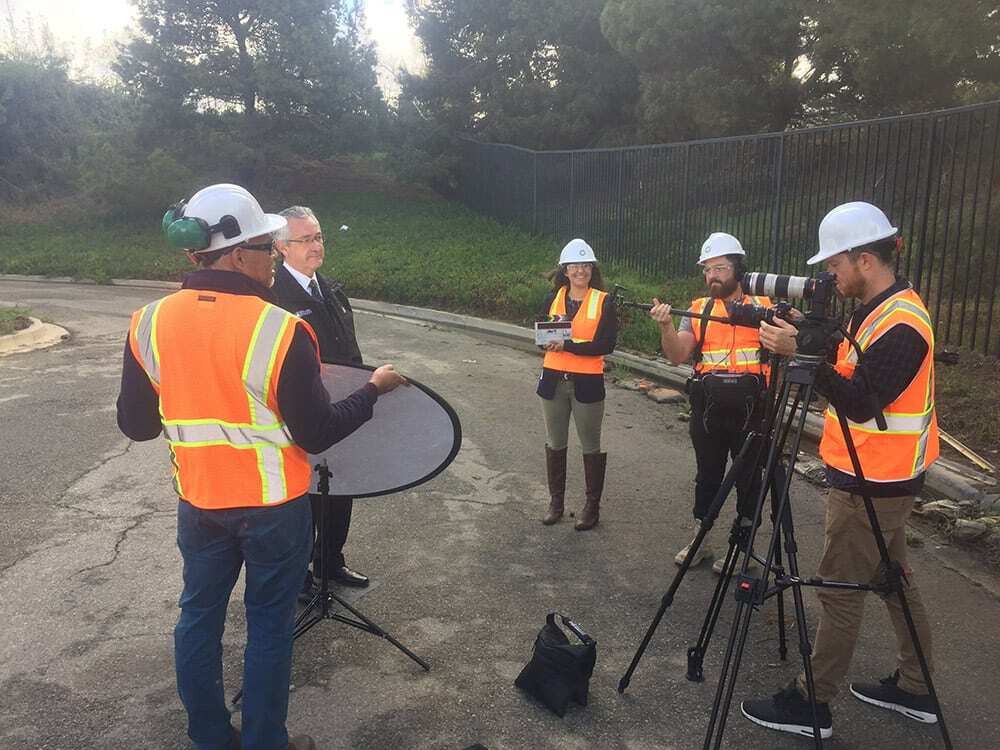
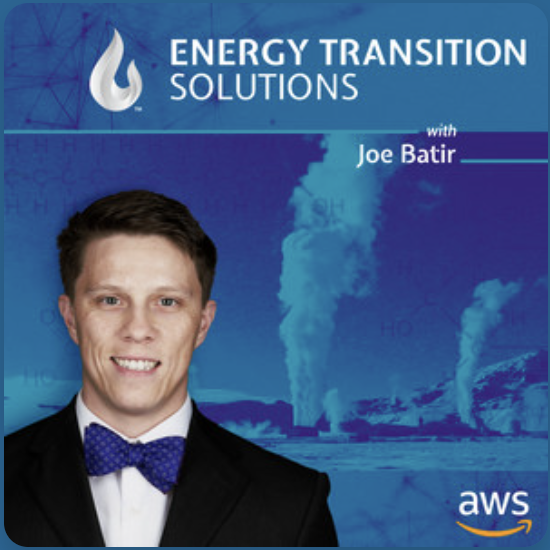

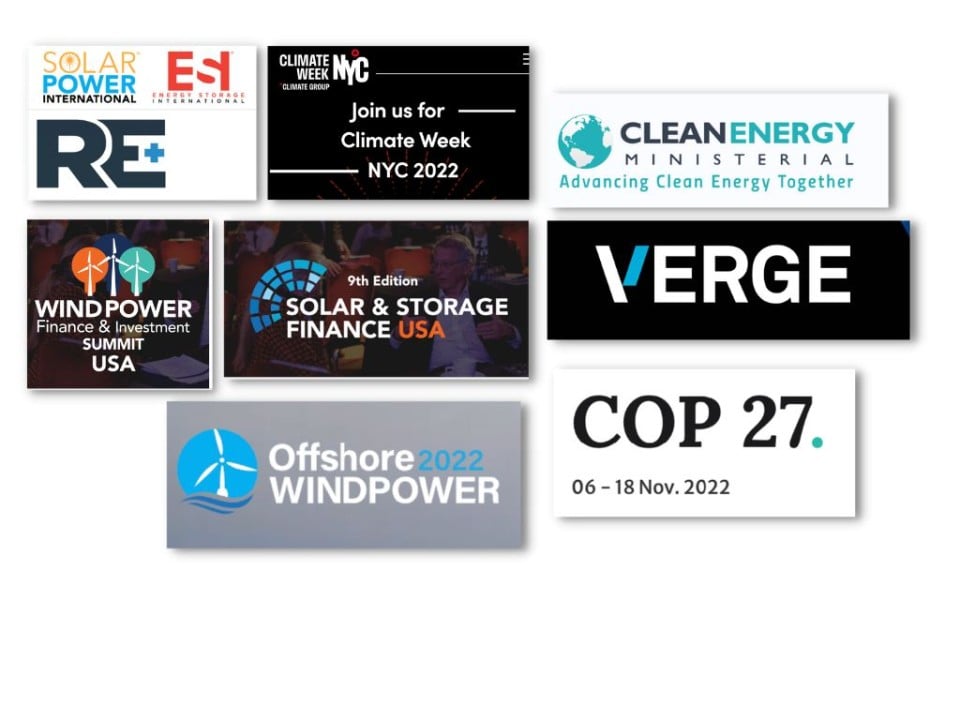
![Modern Cleantech Marketing Guide + [B2B Marketing Checklist]](https://www.tigercomm.us/hubfs/Screenshot%202022-03-08%20at%206-58-47%20PM-png.png)
